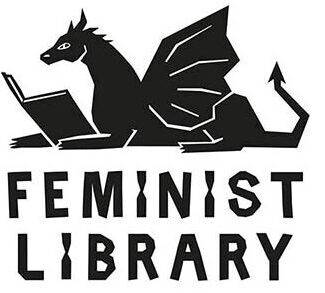Women & Power by Mary Beard
 Women & Power by Mary Beard
Women & Power by Mary Beard
Review by Rose Sinclair
Mary Beard’s Women & Power is an adaptation of two lectures given in 2014 and 2017. The slim volume deserves its accolades as an instant classic for its timelessness and timeliness. Though, as she herself points out, ‘turning lectures into permanent print can be a tricky business’ Beard makes her case rigorously whilst retaining the intimacy and humour of the original lectures.
Early on Beard refers to a Punch cartoon, which she revisits throughout the book. In the cartoon a man responds to a woman making a suggestion in the boardroom with: ‘That’s an excellent suggestion, Miss Triggs. Perhaps one of the men would like to make it.’ It is an experience shared by many of us, far from limited to the boardroom, and it goes right to the heart of her project.
Beard wishes to go beyond the fact of women’s underrepresentation in the spheres of power and public speech to shed light on how those spaces that act to exclude women are defined. She writes: ‘Classical traditions have provided us with a powerful template for thinking about public speech, and for deciding what counts as good oratory or bad, persuasive or not, and whose speech is to be given space to be heard.’
We all recognize that compelling speech relies as much on its delivery as its contents. Beard builds a picture of the manifold ways in which the qualities of an authoritative voice embedded in our culture, language and history, are inherently male. In fact, she contends ‘our mental, cultural template for a powerful person remains absolutely male.’ Beard illustrates this with a Google image search for ‘cartoon professor UK’, of the first hundred, only Professor Holly from Pokémon Farm is female.
Beard recognizes that the freedom to speak is only half the story; the efficacy of speech depends very much on how it is heard, and whether it is heard at all. What is in contention here is not the freedom to speak but the world those words are spoken into and the power of our cultural heritage to determine how they are received.
One response to this environment has been to emulate the archetypes of power and authority taking what Beard calls the ‘androgyne’ route, ‘consciously aping aspects of male rhetoric’. This, she argues is an imperfect solution that leaves women outside of the structures of power. Beard’s recommendation is ‘some old fashioned consciousness-raising about what we mean by ‘the voice of authority’ and how we’ve come to construct it.’ Rather than push woman shaped pegs into man shaped holes ‘we should be thinking more about the fault-lines that underlie dominant male discourse.’
So what of Miss Triggs? Beard deals mostly with public speech and power in the main body of the book, the sort only very few will possess. In the final pages however, she turns to the question of women, both as a class and as individuals desiring to be heard and taken seriously, to feel empowered within their own day-to-day lives. She identifies the problem simply: ‘You cannot easily fit women into a structure that is coded as male.’ And the solution? ‘You have to change the structure.’
